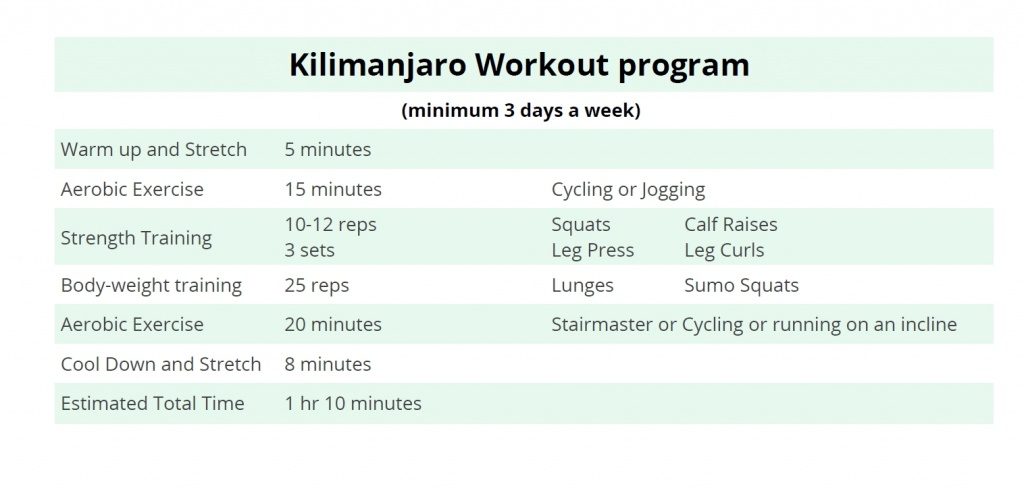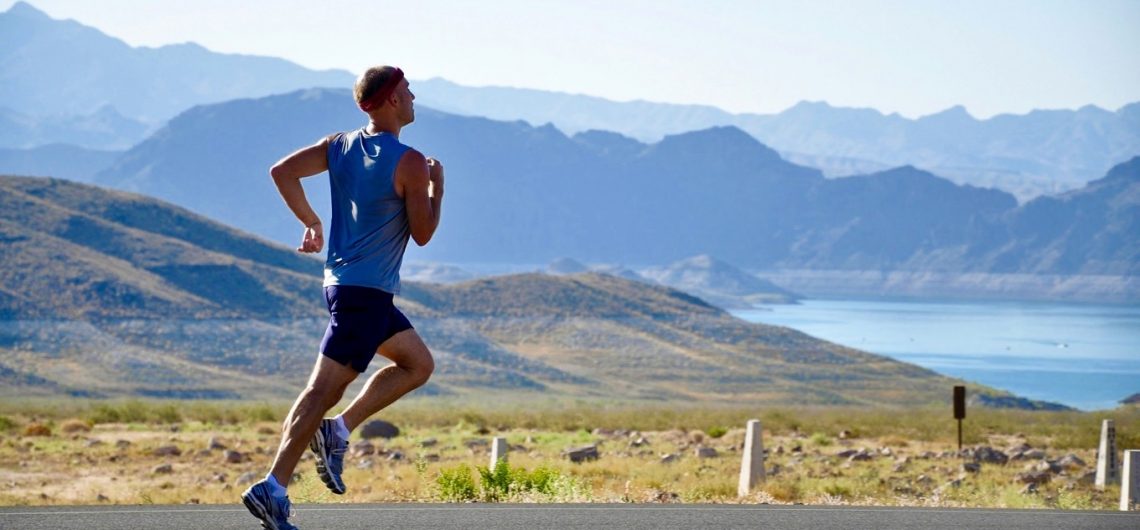The best way to prepare for Kilimanjaro is to walk a lot, especially at a fast speed.
You should try to escape to the highlands on weekends and days off. Even on consecutive days, try to walk for 6 to 8 hours. Even try camping out on the nights in between, but don’t become too attached to the notion. To boost your aerobic capacity, pick up the speed, especially on uphill stretches. Use the boots you’ll be bringing with you to have them fully worn in.
Simply ensure that your knees, shoulders, hands, and ankles are limber and that you can easily climb a day trek hill, that you are comfortable with altitude, that your blood pressure is normal (it will be checked), and that your legs are strong enough to propel you through uneven terrain without difficulty.
Except for the first and last, the daily excursions are rather brief. The ability of your red blood cells to carry oxygen (which is inherited and cannot be improved) will have a greater influence on your ability to climb than anything else.
More information about climbing Mount Kilimanjaro can be found here
Most people going up don’t have much with them save a water bottle, some nibbles in their pockets, and wet naps. Below are the top 10 tips to help you train and get fit for your Kilimanjaro climb
- Lose any excess weight; carrying it about at altitude will be considerably more difficult.
- Start hydrated and with adequate carbohydrates stored as muscle fuel, and don’t workout for a week or so while carbo-loading. Ensure that your lower back is both strong and flexible.
- Make bodily workouts, particularly running, in locations with high elevations to help your body adapt to the climatic conditions encountered on Mount KILIMANJARO.
- Aside from workouts, you should avoid stress and tension since it causes you to lose oxygen and therefore fails to reach Uhuru Peak.
- 3-4 mile runs are OK, but I believe the best way to prepare is to go to a mountain and climb in the gear you want to use. Above 10,000 feet, your feet become less nimble.
- Additionally, some persons acquire back difficulties as a result of being unfamiliar with wearing a pack for an extended period of time or by wearing the incorrect pack. With a 30lb pack, I had to do several dry runs (climbs).
- Stairs: Whenever possible, take the stairs.
- Kickboxing: I did it to strengthen my legs and abs, as well as enhance my cardio. Once a week for two months.
- Weights & Cardio: This is a class that mixes weightlifting and cardiovascular exercise to try to increase the capacity of your lungs as much as possible. As it turned out, the stronger upper body gained from this session comes in handy for the sections of the course where you have to crawl. Once a week for two months.
- Hiking: As a warm-up, do a 5-hour hike on a moderate path at t-3 months. Then, because that’s all you have, perform four short treks (3 hours) on a reasonably simple track with modest altitude gain. By weighing your bag pack in an attempt to make it more difficult. The goal here was to familiarize yourself with your gears (especially shoes and rain gears).
Here is the training regime that can help you get fit for climbing Mount Kilimanjaro.

Below are the top 6 best training practices for climbing Mount Kilimanjaro.
THE BEST EXERCISE FOR CLIMBING MOUNT KILIMANJARO:
- Strength Training
- Aerobic Training
- Practice For Hiking
- Weight Training
- Mental Stamina
- Food Supplement
![]()


Comments